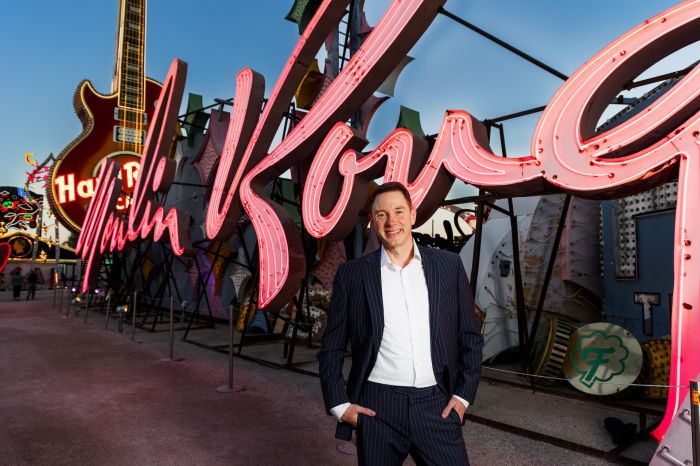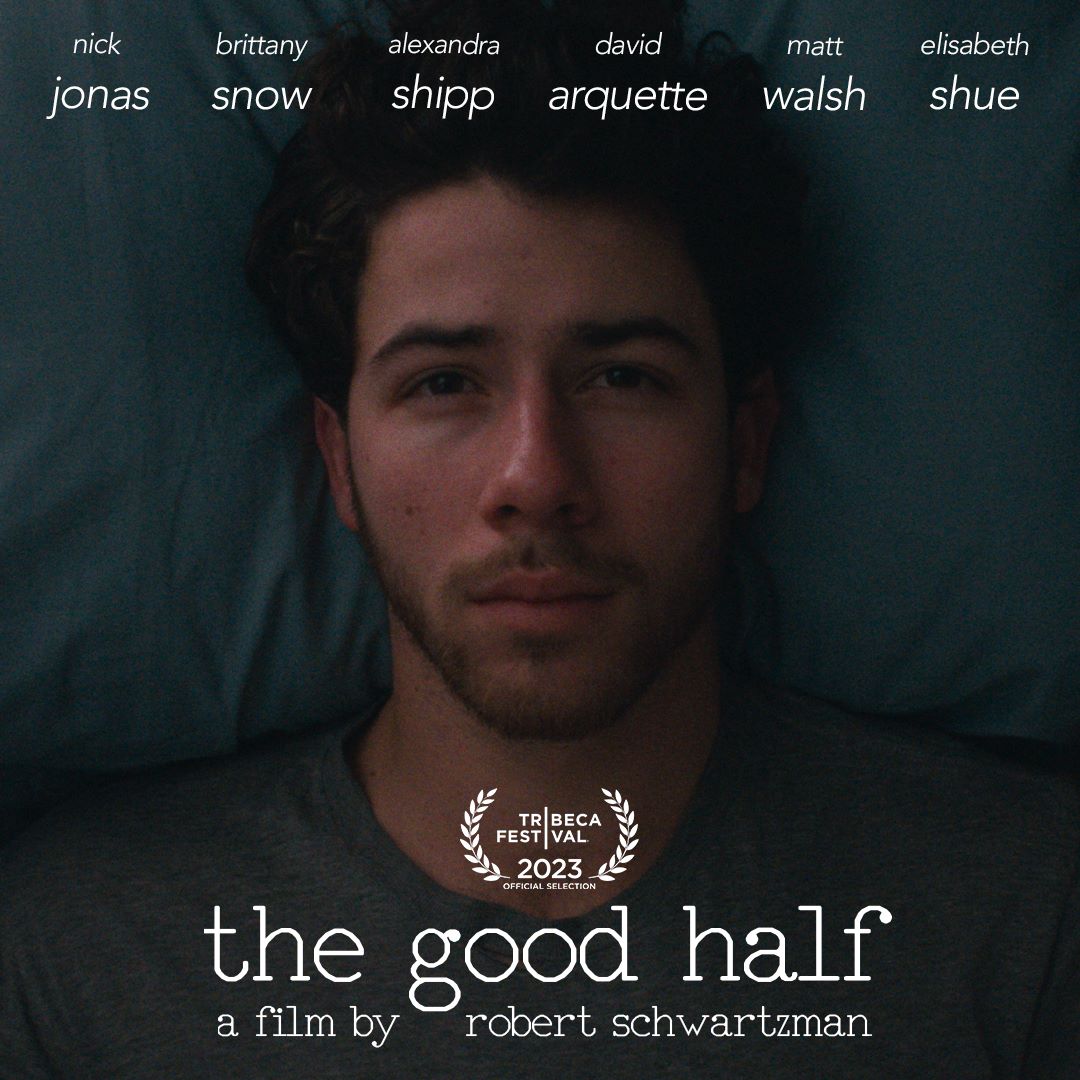
The Astrup Fearnley Museum of Modern Art opened in 2012 in Oslo, Norway and in just two short years, it has evolved into one of the greatest contemporary art museums in Northern Europe. This emerging celebrity is due in part to its exceptional architecture created by the renowned Italian architect and Pritzker Prize winner, Renzo Piano. The location also doesn't hurt, since it is in the neighborhood of Tjuvholmen (translated as "thief island") that's found on a small peninsula jutting out on the Oslo Fjord.
The main material used in the museum building is wood, covered with a double glass roof that is reminiscent of a sail. Piano once described his design as an inviting shelter for art. The museum also has an outdoor sculpture park, as well as a viewing tower that offers a panoramic view of Oslo. One of the major thematic design aspects of the Astrup Fearnley is of water, as the element separates the two wings of the museum — one houses the permanent contemporary art collection and the other has the visiting exhibitions. The outdoor sculpture garden is even on water and from the park you can see across the fjord to an older, more historic Oslo, including the Akershus Fortress (which was built in 1290 to protect Oslo from foreign invaders, like Sweden).

In a discussion of the overall design of the Astrup Fearnley, which was built at the outermost point of the peninsula, Piano’s design process moves from the outside in. “The Museum starts outside, with the Sculpture Park an organic game of canals, bridges and lawns where sculptures of the Selvaag collection are displayed. Once inside, the visitors experience the temporary exhibition of the Astrup Fearnley Museum in a big double-height space, where natural light is filtered from a glass roof," as explained by the architectural statement. "The design of the glass roof strongly identifies the project. Its curved shape crosses the canal between the buildings. Slender steel columns, reinforced with cable rigging, seem to repeat the design of the sailboat masts in the harbor and on the Oslo Fjord.”
The Museum is a major part of a greater renovation play for Tjuvholmen and it's only been within the past couple decades that the peninsula was repurposed and re-envisioned for the general public. Launched by the heirs of the Fearnley shipbuilding family, the museum allows them to exhibit many of the works in their own extensive art collection dating back to the 1960s, features both Norwegian and international contemporary and modern art — including works by Jeff Koons, Richard Prince, Olafur Eliasson, Damien Hirst, Cindy Sherman, and many others.

Olav Selvaag, the CEO of Selvaag Gruppen, is one of the major developers of the Tjuvholmen that included the creation of the Astrup Fearnley Museum. He is also a major collector of contemporary sculpture and many of his pieces are part of the outdoor sculpture park at the Astrup Fearnley. We interviewed him regarding the new mission and vision of the Astrup Fearnley Museum, his hiring Renzo Piano, and the further development of Tjuvholmen.
JustLuxe: What is the history of "Thief Island" and how did you come to acquire it?
Olav Selvaag: In the 17th century Tjuvholmen used to be a place for shady characters and criminals. In this period, the island was used for hanging and punishment of criminals. In the 19th century the island was used as a public bath and later as a harbor. During the 20th century Tjuvholmen remained a harbor until the City Council of Oslo approved the “Fjord City” plan with the transformation of the city’s harbor areas including the Tjuvholmen. In 2002 Tjuvholmen was put up for sale by the Oslo Port Authority through a competition/public tender that included both architectural designs and a purchase price.

JL: I would like to know the story of its development, especially in terms of the vision that you had for it – could you see it becoming part of Oslo's artistic renaissance?
OS: Our vision was to create a living urban district attractive to locals and visitors all year around. The Selvaag Family has had a passion for art, and particularly sculpture, for a long time. It was very natural for us to use the unique location of Tjuvholmen to expand the awareness of great art and sculpture for those who want to experience it. Our ambitions for Tjuvholmen in regards contemporary art and sculpture were very high from day one. Our aim was in fact to create one of the best art museums and sculpture parks in northern Europe. By doing so our goal was to put Oslo on the map for contemporary art in Europe, and we have done this. Part of this lay in the creation of the Astrup Fearnley Museum, but the other part lay in the renovation of Tjuvholmen.

JL: How did you meet Renzo Piano? How was the first meeting? How was his vision for the gallery similar or different from yours?
OS: I had known Renzo Piano’s work for a long time and considered him to be the best art museum architect in the world. As we were planning for the art museum...in 2002 I tried to get in contact with Renzo Piano, but it took another year and help from our friends at Louisiana Museum of Modern Art in Denmark before we were invited to meet with Mr. Piano in his office in Genoa.
This first meeting was very exciting and good. We shared common values and a vision of it being possible to create an art and cultural island at Tjuvholmen. We shared the goal of creating an architectural attraction for Oslo, with the idea that this art museum would be informal and people-friendly. Renzo continued this idea with what he called “a sequence of events,” [meaning] that the museum should have a variety of exhibition spaces and experiences for the visitor. We also shared the interest in combining indoor spaces, nature, and outdoor spaces around the museum.

JL: Now that the Astrup Fearnley Museum is completed, are there any other plans you have for Tjuvholmen or will you be doing other developments elsewhere?
OS: The Selvaag Group is continuously involved in a variety of new developments in Oslo and elsewhere, but the most exciting and ambitious plan at the moment is a project on the outskirts of Oslo that includes an indoor alpine and cross country ski dome. We hope to start construction in 2015 and maybe next time you are in Oslo we can take you skiing?
JL: Definitely!



















